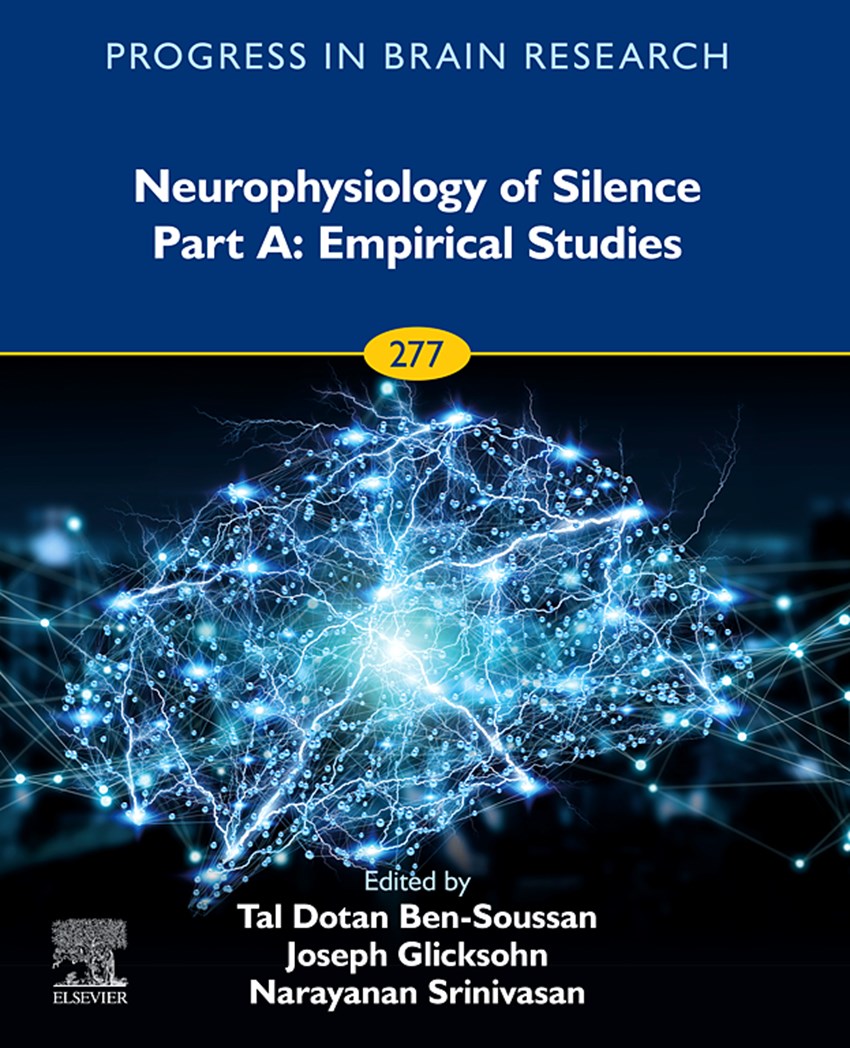In the scope of project 72/16 - A physiological examination of full-trance channeling, supported by the BIAL Foundation, Helané Wahbeh evaluated differences in the brain between trance and mind-wandering states, in thirteen participants who could enter trance states at will. Findings revealed increased delta and theta power in the frontal region and increased gamma in the centro-parietal region during mind-wandering, whereas trance showed increased beta and gamma power in the frontal region. No differences were observed in the alpha band. Connectivity was not different between the trance and mind-wandering states. However, there was a relationship between subjective ratings of trance depth and connectivity, with increased trance depth reflecting decreased whole-brain connectivity in all frequency bands. To know more about this study, read the book chapter Evaluating brain spectral and connectivity differences between silent mind-wandering and trance states published in Progress in Brain Research.
ABSTRACT
Trance is an altered state of consciousness characterized by alterations in cognition. In general, trance states induce mental silence (i.e., cognitive thought reduction), and mental silence can induce trance states. Conversely, mind-wandering is the mind's propensity to stray its attention away from the task at hand and toward content irrelevant to the current moment, and its main component is inner speech. Building on the previous literature on mental silence and trance states and incorporating inverse source reconstruction advances, the study's objectives were to evaluate differences between trance and mind-wandering states using: (1) electroencephalography (EEG) power spectra at the electrode level, (2) power spectra at the area level (source reconstructed signal), and (3) EEG functional connectivity between these areas (i.e., how they interact). The relationship between subjective trance depths ratings and whole-brain connectivity during trance was also evaluated. Spectral analyses revealed increased delta and theta power in the frontal region and increased gamma in the centro-parietal region during mind-wandering, whereas trance showed increased beta and gamma power in the frontal region. Power spectra at the area level and pairwise comparisons of the connectivity between these areas demonstrated no significant difference between the two states. However, subjective trance depth ratings were inversely correlated with whole-brain connectivity in all frequency bands (i.e., deeper trance is associated with less large-scale connectivity). Trance allows one to enter mentally silent states and explore their neurophenomenological processes. Limitations and future directions are discussed.





































































